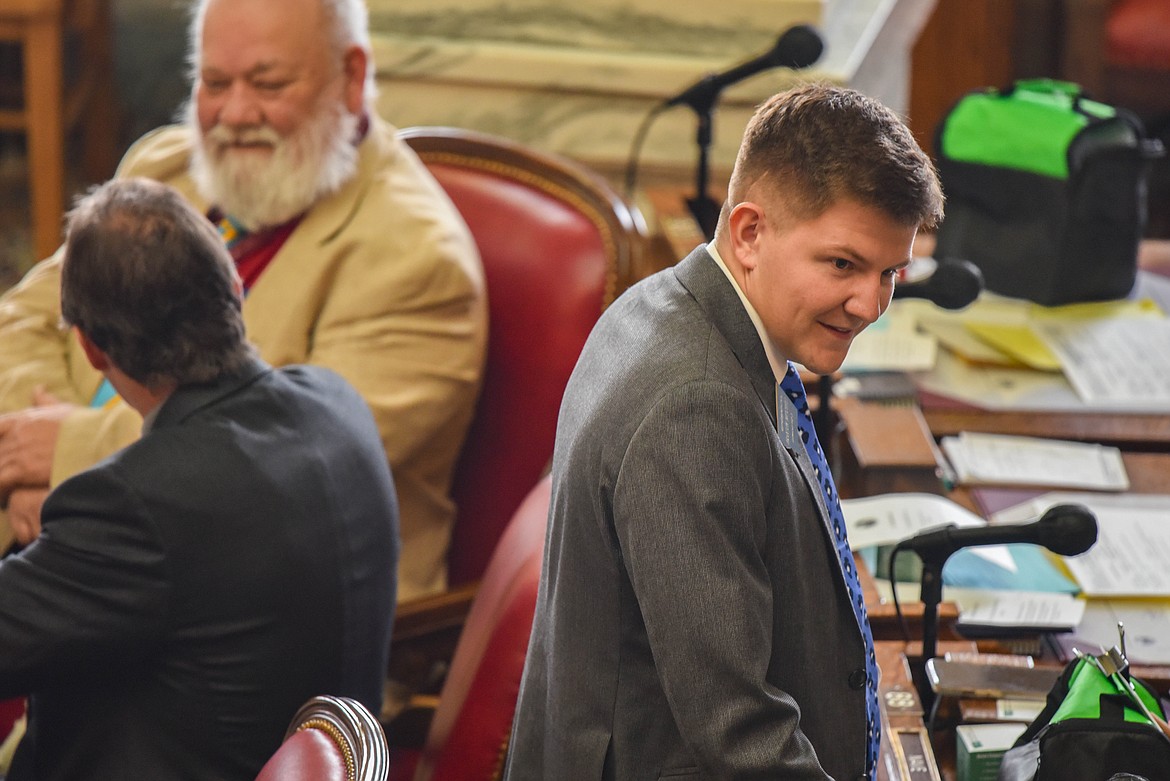Bill aimed at drag shows gets hearing in House Judiciary Committee
Critics lambasted a bill aimed at restricting drag shows during a House Judiciary Committee hearing Thursday as rife with possible unintended consequences while supporters described it as a commonsense measure to protect children.
Sponsored by Rep...
Support Local News
You have read all of your free articles this month. Select a plan below to start your subscription today.
Already a subscriber? Login
Daily Inter Lake - everything
Print delivery, e-edition and unlimited website access
- $26.24 per month
Daily Inter Lake - unlimited website access
- $9.95 per month

